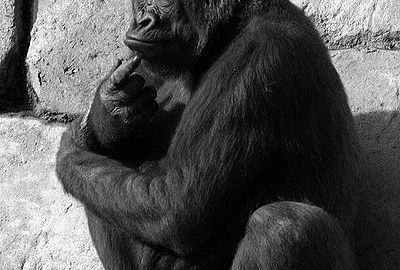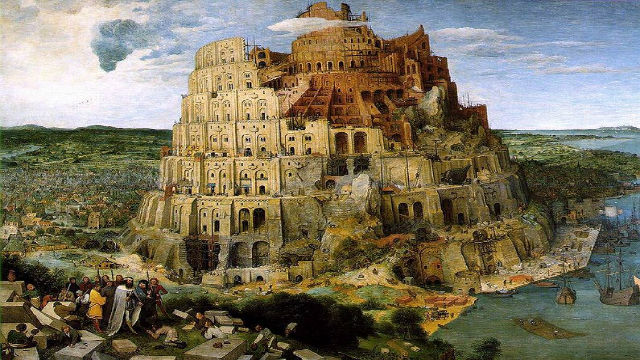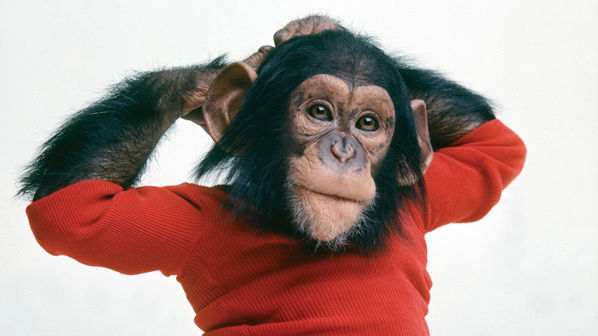Thoughts Within Thoughts Make Us Human

What’s the Latest Development?
Professor emeritus of psychology at the University of Auckland, New Zealand, Michael Corballis has written a new book challenging the conventional wisdom of how humans think. The theory that prevails today was written in the 1960s by linguist Noam Chomsky whose idea of a universal grammar states that language is constrained by how we think. In other words, our brain is the scaffolding that supports the development of language. While Corballis does not deny that thought and language are intimately related, he views thought as non-linguistic, something with recursive properties to which language has adapted.
What’s the Big Idea?
The more we learn about the brain processes of humans and other animals, the smaller the distance has become between once-exalted Man and our animal brethren. Throughout history, particularly in more religious times, we saw a divine image when we looked in the mirror. Despite the blood on the ground around us and the turmoil inside of us, we knew we were fundamentally different from the lion and porpoise. Today we understand that consciousness is more of a spectrum. One would hope that we will come to see the folly of believing ourselves to be somehow outside of natures’ processes.





